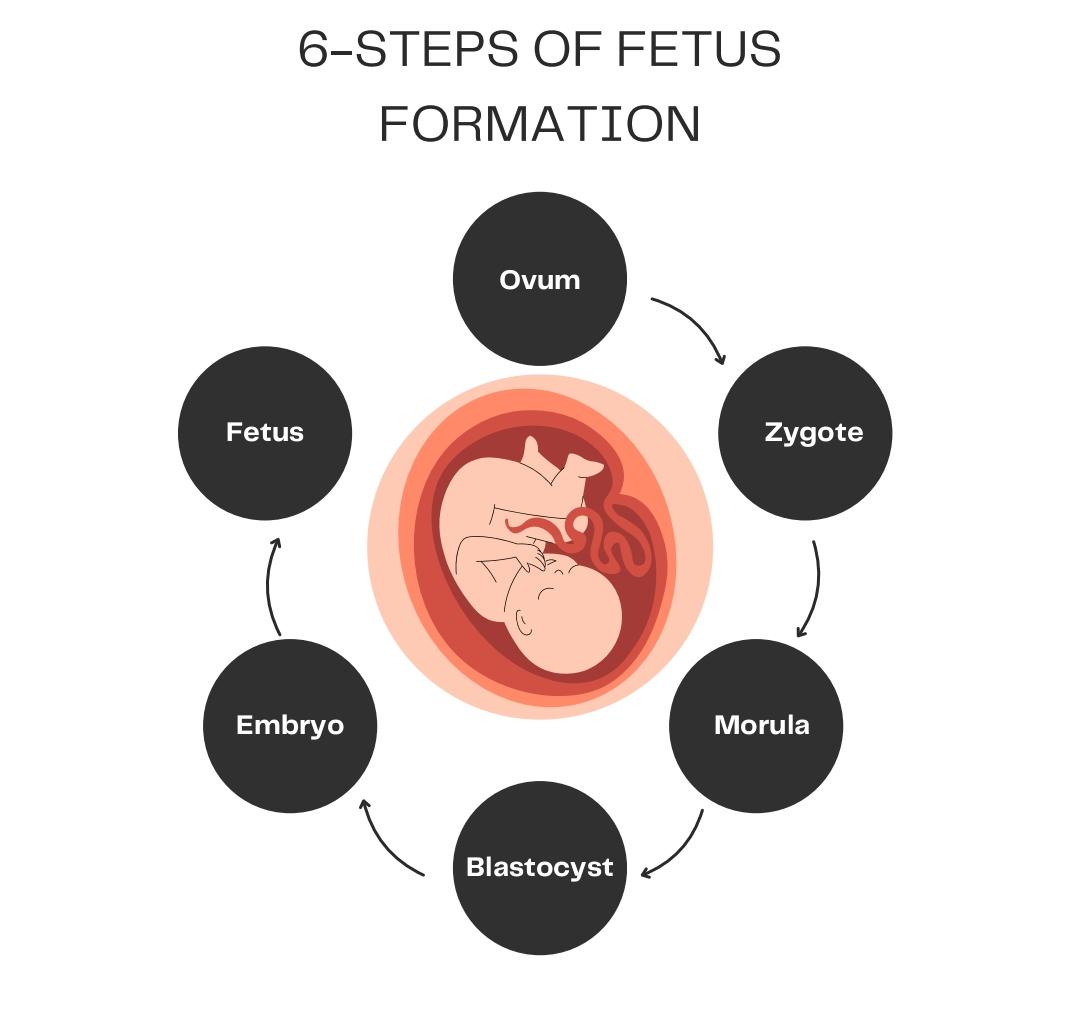A lot of things finish before they even get started. Chemical pregnancy is one of several things that follow the same pattern. Similar to a typical pregnancy, the fertilized egg travels down the fallopian tube to the uterus, where it begins its development from blastocyst to fetus. However, once the embryo is placed in the uterine lining, it stops developing. This unfortunate process is known as a “chemical pregnancy.”
However, the actual cause of this type of miscarriage is unknown, but a number of circumstances contribute to its occurrence. In this article, we will look at the causes and diagnosis of chemical pregnancy.
Causes of Chemical Pregnancy

Genetics abnormalities: An error may occur during the early stages of the embryo’s development as the zygote proceeds through cell division stages like the morula and blastocyst. A portion of the chromosomes may be lost or duplicated during the phases of cell division, or the chromosomes may be improperly separated during cell division.
Hormonal imbalance: A hormone called progesterone is produced in the corpus luteum, a part of the ovaries that develops momentarily during ovulation. This hormone is important in getting the uterine lining ready for the implantation of blastocysts, which create the embryo.
On the other hand, insufficient progesterone levels caused by a hormonal imbalance may result in poor uterine lining development or possibly make it more difficult to keep the pregnancy going.
Uterine abnormalities: Fibroids, polyps, and septums are examples of uterine abnormalities that can interfere with implantation. For example, fibroids can change the shape of the uterine cavity, making it difficult for the embryo to implant securely.
Implantation issues: For the fertilized egg to stick well, the uterine lining must be prepared and receptive. Sometimes the fertilized egg or the uterine lining have issues that prevent them from properly connecting. Another factor to consider is timing; there is a certain point during a woman’s menstrual cycle when the uterus is ideal for a fertilized egg to attach to it. If things do not go as planned (for example, because the egg was transferred too early or too late), the fertilized egg may struggle to connect properly.
Maternal age: The quality of a woman’s eggs declines dramatically with age, increasing the rate of defective chromosomes in the developing embryo.
Chromosome abnormalities can hinder the development of embryos, leading to the loss of pregnancy at an early age.
Diagnosis of Chemical Pregnancy
Chemical pregnancy is typically diagnosed with the Human Chorionic Gonadotropin, or hCG test. hCG is a hormone generated during pregnancy. It is released by placental cells shortly after the fertilized egg is implanted in the uterus.
In chemical pregnancy, hCG testing determines the amount of hCG hormone present in the blood or urine. Normal pregnancy hCG levels are usually high.
However, with chemical pregnancy, hCG levels rise but then fall rapidly. In addition, blood tests are more effective than urine tests. This is because it allows the clinician to track changes in hCG levels over time.
Takeaway
Similar to a typical pregnancy, the fertilized egg travels down the fallopian tube to the uterus, where it begins its development from blastocyst to fetus. However, once the embryo is placed in the uterine lining, it stops developing. This unfortunate process is known as a “chemical pregnancy.”
Although the exact cause of chemical pregnancy is unknown, various reasons can contribute to its occurrence, including genetics or uterine anomalies, hormone imbalance, poor blastocyst attachment to the uterine lining, and the mother’s age.

















